Difference between revisions of "Partners"
(→Sequencing Project Partners) |
(→left, text-center|100pxGlobal Genome Initiative for Gardens (GGI-Gardens)) |
||
| Line 21: | Line 21: | ||
===[[File:GGI-Gardens_logo_300x600.jpg|left, text-center|100px]][https://brit.org/research-projects/biodiversity-and-floristics/ggi-gardens/ Global Genome Initiative for Gardens (GGI-Gardens)]=== | ===[[File:GGI-Gardens_logo_300x600.jpg|left, text-center|100px]][https://brit.org/research-projects/biodiversity-and-floristics/ggi-gardens/ Global Genome Initiative for Gardens (GGI-Gardens)]=== | ||
| − | The Global Genome Initiative for Gardens ([https://brit.org/research-projects/biodiversity-and-floristics/ggi-gardens/ GGI-Gardens]) is a collaborative partnership that supports the collection and maintenance of genome quality tissues and DNAs from living collections in botanic gardens and arboreta. Samples collected through GGI-Gardens are preserved in GGBN-partnered biorepositories and made available to the public through the GGBN portal. The partnership between GGI-Gardens and GGBN facilitates the GGBN standard for GGI-Gardens partners and their preserved tissue and DNA samples. This partnership also helps make the data associated with collected samples made public to researchers across the globe. | + | The Global Genome Initiative for Gardens ([https://brit.org/research-projects/biodiversity-and-floristics/ggi-gardens/ GGI-Gardens]) is a collaborative partnership that supports the collection and maintenance of genome quality tissues and DNAs from living collections in botanic gardens and arboreta. Samples collected through GGI-Gardens, including through their [https://wiki.ggbn.org/ggbn/Global_Genome_Initiative-Gardens_Awards_Program awards programs], are preserved in GGBN-partnered biorepositories and made available to the public through the GGBN portal. The partnership between GGI-Gardens and GGBN facilitates the GGBN standard for GGI-Gardens partners and their preserved tissue and DNA samples. This partnership also helps make the data associated with collected samples made public to researchers across the globe. |
===[[File:Species360 PartnerLogo 600x300.jpg|left, text-center|100px]][https://www.species360.org/ Species360 (Potential Partner)]=== | ===[[File:Species360 PartnerLogo 600x300.jpg|left, text-center|100px]][https://www.species360.org/ Species360 (Potential Partner)]=== | ||
Revision as of 22:28, 26 May 2021
GGBN relies on its strategic partnerships, associated networks, and current funders to fulfill its mission. Contact us at info@ggbn.org to work with us to strategically increase our network and reach related communities.
Contents
Biobanking Partners
Our partners included non-biodiversity biobanks, governmental agencies and other organizations that have an interest in biodiversity biobanks. These partners are committed to supporting the goals of GGBN by providing technical expertise and/or participating in GGBN activities.
Biodiversity Biobanking Organizations
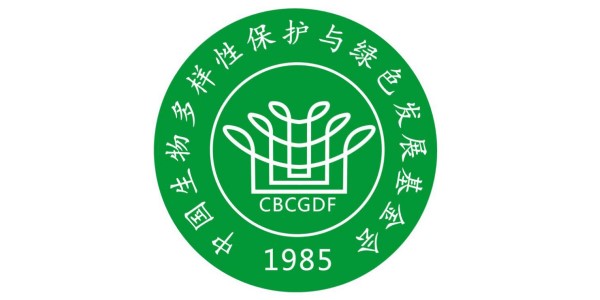 China Biodiversity Conservation and Green Development Foundation (CBCGDF)
China Biodiversity Conservation and Green Development Foundation (CBCGDF)
The China Biodiversity Conservation and Green Development Foundation partners with GGBN by facilitating outreach to the Chinese-speaking scientific community through its highly-respected social media outlets.
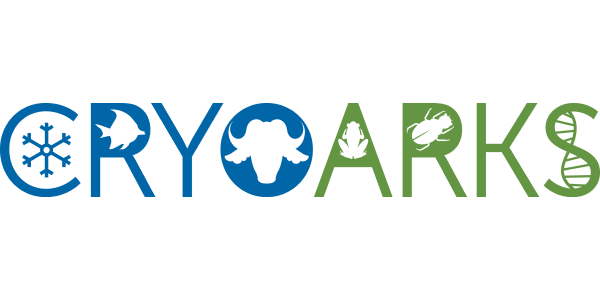 CryoArks
CryoArks
This partnership supports activities associated with the long-term preservation of animal samples and derivatives and the augmentation and management of the GGBN Document Library, to include animal biobanking materials for conservation-focused research efforts.
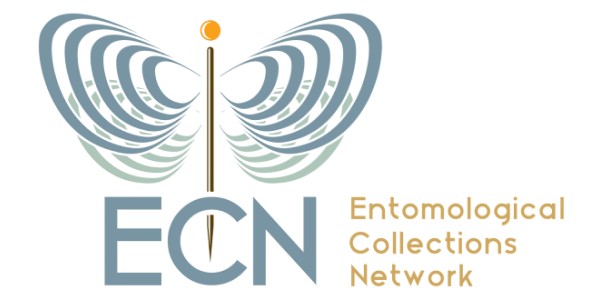 Entomological Collections Network (ECN)
Entomological Collections Network (ECN)
ECN promotes the preservation, management, use and development of entomological collections and fosters communications between collections managers and collections-based researchers regarding best practices in entomological (and arthropod) natural history collections. ECN partners with GGBN by serving as a liaison to promote GGBN membership and resources to the entomological collections community and to promote use of the GGBN Data Portal to the entomological researcher community.
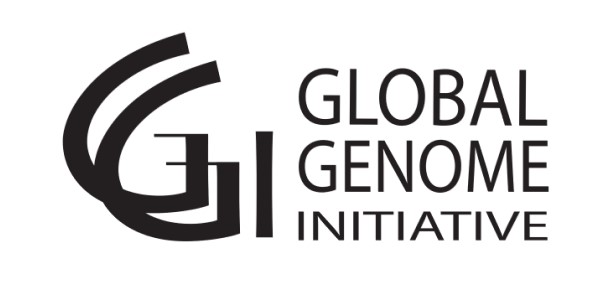 Global Genome Initiative (GGI)
Global Genome Initiative (GGI)
The Global Genome Initiative at the Smithsonian National Museum of Natural History is a collaborative science-based endeavor to collect the Earth's genomic biodiversity, preserve it in the world's biorepositories and make it available to researchers everywhere. GGI led the development of and hosts the Secretariat of GGBN.
100pxGlobal Genome Initiative for Gardens (GGI-Gardens)
The Global Genome Initiative for Gardens (GGI-Gardens) is a collaborative partnership that supports the collection and maintenance of genome quality tissues and DNAs from living collections in botanic gardens and arboreta. Samples collected through GGI-Gardens, including through their awards programs, are preserved in GGBN-partnered biorepositories and made available to the public through the GGBN portal. The partnership between GGI-Gardens and GGBN facilitates the GGBN standard for GGI-Gardens partners and their preserved tissue and DNA samples. This partnership also helps make the data associated with collected samples made public to researchers across the globe.
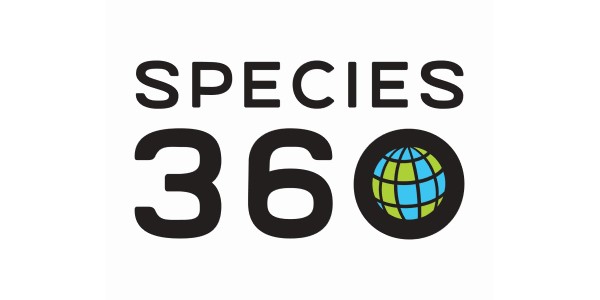 Species360 (Potential Partner)
Species360 (Potential Partner)
Species360 is the single largest source of husbandry and medical information on species in human care and includes data recorded on frozen tissues. By partnering with us to support the collection of GGBN required data, Species360 would expand insight to samples at aquatic and zoological institutions worldwide.
Sequencing Project Partners
These sequencing and research networks (regional and professional associations) recognize the value that GGBN has to researchers and promotes GGBN to their members. Whenever possible, GGBN representatives are active during annual network meetings, connecting directly with the research community.
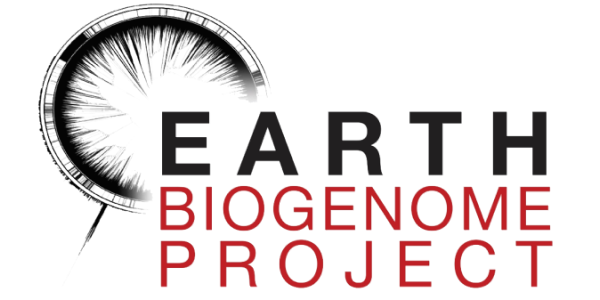 Earth Biogenome Project
Earth Biogenome Project
This partnership supports the goals of the EBP project, including cataloging the genome content of earth's biodiversity.
Human Biobanking Organization
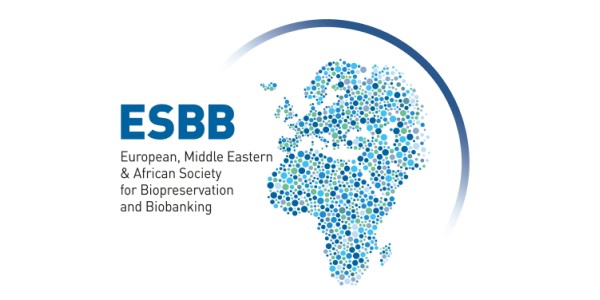 European, Middle Eastern & African Society for Biopreservation and Biobanking (ESBB)
European, Middle Eastern & African Society for Biopreservation and Biobanking (ESBB)
This partnership facilitates joint activities associated with biobanking and biopreservation, including the augmentation and management of associated content in the GGBN document library.
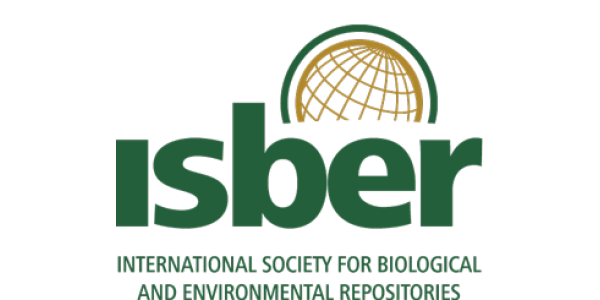 International Society for Biological and Environmental Repositories (ISBER)
International Society for Biological and Environmental Repositories (ISBER)
This partnership facilitates joint activities associated with biobanking and biopreservation, including the review of ISBER best practices for biorepositories.
Biodiversity Informatics Partners
Our partners included non-biodiversity biobanks, governmental agencies and other organizations that have an interest in biodiversity informatics. These partners are committed to supporting the goals of GGBN by providing technical expertise and/or participating in GGBN activities.
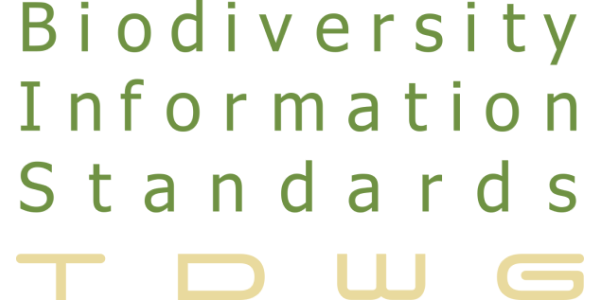 Biodiversity Information Standards (TDWG)
Biodiversity Information Standards (TDWG)
This partnership supports activities associated with improving genomic biodiversity data standards. GGBN coordinates the TDWG Interest Group "Genomic Biodiversity."
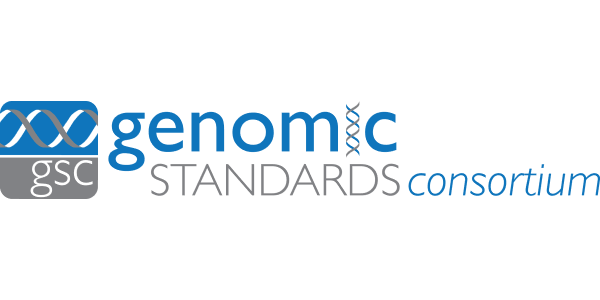 Genomic Standards Consortium (GSC)
Genomic Standards Consortium (GSC)
This partnership supports the development of community standards for genetic samples. GSC and GGBN are working to align the GGBN and MIxS data standards for tissues, DNA and environmental samples.
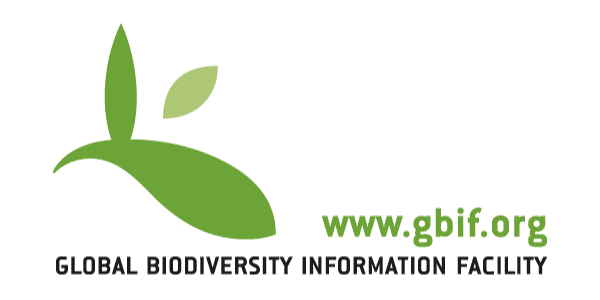 Global Biodiversity Information Facility (GBIF)
Global Biodiversity Information Facility (GBIF)
GBIF is an inter-governmental collaboration committed to free and open access to biodiversity data and commits to work closely with GGBN to promote data standardization and interoperability and, where applicable, to encourage and facilitate the participation of GBIF participant nodes as contributors or members within GGBN. GBIF similarly encourages and will support efforts by GGBN partners to share relevant metadata, nomenclature, occurrence and sampling event data through the GBIF network.
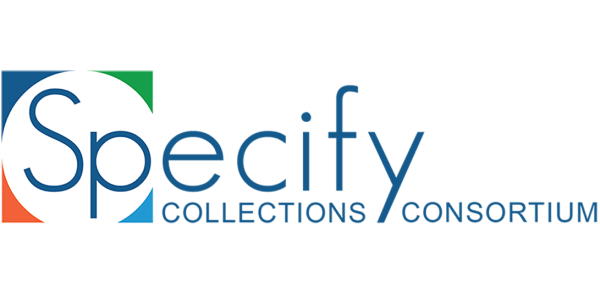 Specify Collections Consortium
Specify Collections Consortium
This partnership has made the GGBN data schema accessible to members of the Specify Collections Consortium, specifically through Specify 7. We hope this will entice Specify institutions to become members of GGBN and begin publishing their genetic resource information.
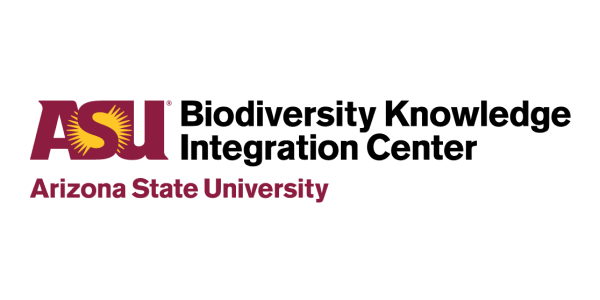 Symbiota
Symbiota
Symbiota is an open-source content management system for publishing and curating specimen- and observation-based biodiversity data. Symbiota portals represent 60 million specimen records from 1286 collection datasets that can be linked to images, tissues, DNA sequence data, as well as other taxonomic and ecological information. This partnership supports the inclusion of all necessary fields to support GGBN publishing by its participating collections.